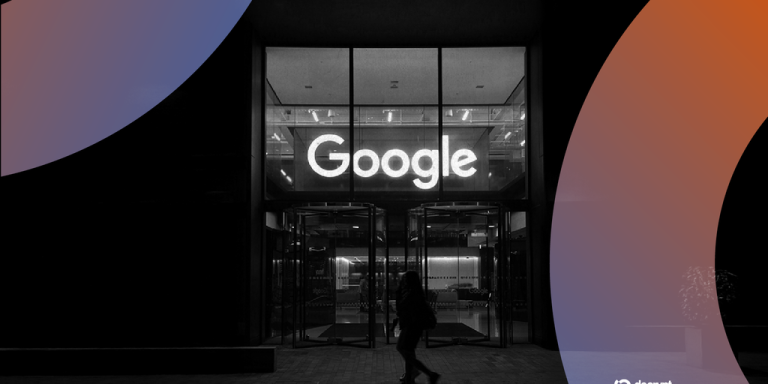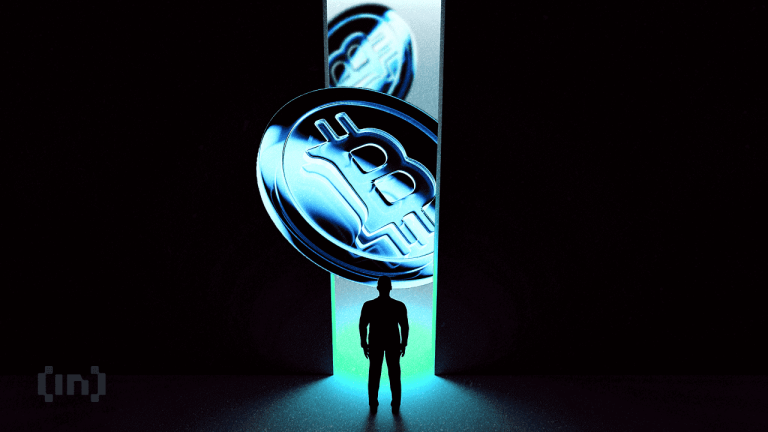
Smart Cities: Urban Trends for 2025
Smart Cities are revolutionizing the way we live, work, and interact with our environment. As we approach 2025, it’s essential to understand the latest trends and innovations that will shape the urban landscape. In this article, we’ll delve into the world of smart cities, exploring the key technologies, strategies, and initiatives that will make our cities more sustainable, efficient, and livable.
Introduction to Smart Cities
Smart Cities are urban areas that leverage information and communication technologies (ICT) to enhance the quality of life for citizens, improve the efficiency of services, and reduce environmental impact. The concept of smart cities has been around for over a decade, but it’s only in recent years that we’ve seen significant advancements in this field.
The focus on smart cities is driven by the need to address the challenges posed by rapid urbanization, climate change, and resource depletion. By 2050, it’s estimated that over 70% of the world’s population will live in cities, putting immense pressure on infrastructure, services, and resources.
Key Trends in Smart Cities
Sustainable Energy
One of the primary goals of smart cities is to reduce their carbon footprint and reliance on non-renewable energy sources. Cities are investing heavily in sustainable energy solutions, such as solar panels, wind turbines, and green roofs. These initiatives not only reduce energy consumption but also provide a cleaner environment for citizens.
Intelligent Transportation Systems
Smart cities are adopting intelligent transportation systems (ITS) to manage traffic flow, reduce congestion, and promote eco-friendly modes of transportation. ITS includes technologies such as smart traffic signals, real-time traffic monitoring, and autonomous vehicles.
Smart Buildings and Infrastructure
Smart buildings and infrastructure are designed to be energy-efficient, sustainable, and resilient. Cities are incorporating green building materials, energy-efficient systems, and advanced water management systems to reduce waste and minimize environmental impact.
Data Analytics and IoT
Data analytics and the Internet of Things (IoT) are crucial components of smart cities. Cities are leveraging data analytics to gain insights into citizen behavior, traffic patterns, and energy consumption. IoT sensors and devices are used to collect data, monitor infrastructure, and optimize services.
Challenges and Opportunities
Despite the many benefits of smart cities, there are several challenges that need to be addressed. These include issues related to data privacy, cybersecurity, and the digital divide. Additionally, the high cost of implementing smart city technologies can be a barrier for many cities.
However, the opportunities presented by smart cities far outweigh the challenges. By leveraging technology and innovation, cities can create new economic opportunities, improve the quality of life for citizens, and become more sustainable and resilient.
Conclusion
Smart cities are the future of urban planning, and 2025 will be a pivotal year for this trend. As cities continue to evolve and adopt new technologies, we can expect to see significant improvements in sustainability, efficiency, and livability. Whether you’re a city planner, a technologist, or simply a curious citizen, it’s essential to stay informed about the latest developments in smart cities and how they will shape the urban landscape of the future.
Urban Trends for 2025
As we look ahead to 2025, here are some urban trends that will shape the smart city landscape:
- Increased focus on sustainability: Cities will prioritize sustainability and reduce their environmental impact through green initiatives and renewable energy sources.
- Greater investment in IoT and data analytics: Cities will leverage IoT sensors and data analytics to optimize services, improve infrastructure, and enhance citizen experience.
- More emphasis on smart transportation: Cities will adopt intelligent transportation systems, autonomous vehicles, and alternative modes of transportation to reduce congestion and promote sustainability.
- Growing importance of cybersecurity: Cities will prioritize cybersecurity to protect citizen data and prevent cyber threats.
- Expanded use of AI and machine learning: Cities will leverage AI and machine learning to improve services, optimize infrastructure, and enhance citizen experience.





